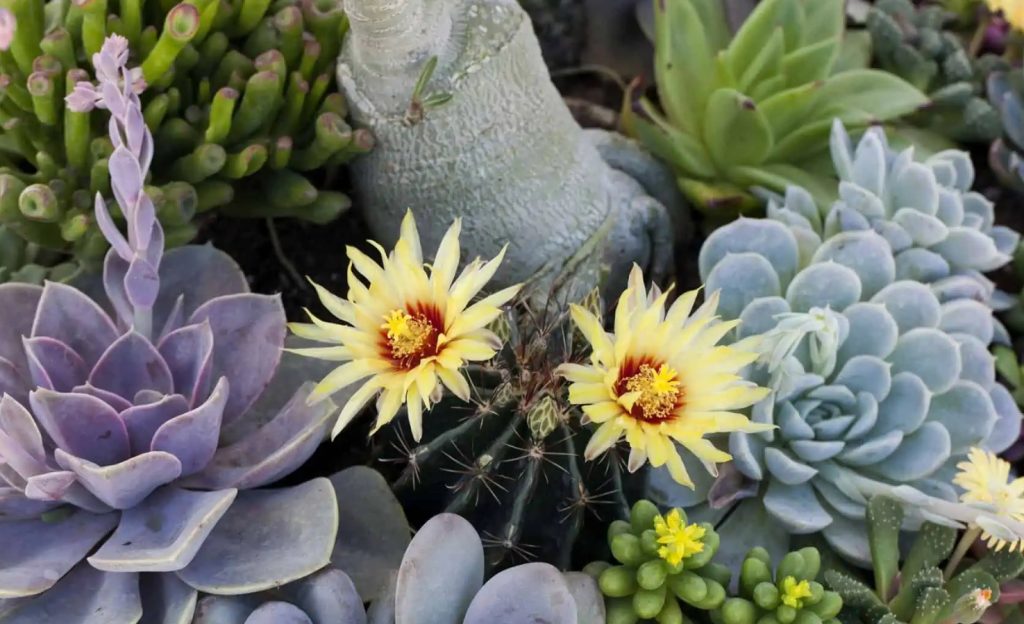All of us love a lush, green lawn. There’s not much we can to when the dog days arrive, with heat records and drought records.
It can be frustrating watching our lawns go from lush green to crumbling hay during a period of no rain. It can be depressing, to say the least, when combined with watering restrictions. There are ways to keep our lawns healthy and safe through the summer heat and drought, until cooler temperatures and rain return.

How much water is needed to maintain a lawn in the summer?
In the summer heat, cool-season grasses will turn brown. This is what cool season grasses do, and it’s not necessarily an indication of a dying yard. The warm season grasses will remain green in summer if your heatwave doesn’t get extreme or you aren’t experiencing a severe drought.
It may surprise you to know that lawns require very little water to survive in the summer heat. The brown colour is due to the fact that they are dormant. Growth above and below soil level has almost stopped. The grass slows down its growth in order to conserve water, so that it can start growing again when the temperatures cool.
A lawn that is dormant only requires about 0.63-1.25 cm of water per 2-4 weeks. It’s enough to keep moisture in the crown and roots to allow the turf to survive until the conditions improve. While it is possible to maintain a lush, green lawn during this period, you will need to water the turf every week in order for it not become a problem.
How to maintain your grass during a drought
Do less. This is something that people who like to play with things hate to hear.
Consider an alternative to turf if drought is a problem that persists.
Turf in areas that are prone to drought and aridity is not sustainable and has never been. Replace your turf with native plant, which are drought-resistant and suitable for your area. It will also be easier to maintain.

In the heat of summer, mow your lawn higher and less frequently.
Only cut your lawn when it reaches 3″ during the summer dog days. If it is very hot, and there are no rains, this may take 3-4 weeks. Set your mower to 2.5″-3″ (6.3-7.6cm) to ensure regular, but less frequent mowing. Taller grass blades benefit your lawn because they shade the soil, which conserves moisture and helps to insulate the grass roots. Drought stress can be a problem if you have a lot of thatch on your lawn. To get rid of the thatch in your lawn, rake it out, aerate the grass, and add some compost to the soil to encourage biological activity.
Use a sharp blade for your mulching on your lawnmower
It is a waste to bag grass clippings. Mulched grass clippings are good for your lawn. They return organic matter to soil and provide insulation.

Water efficiently.
Water your lawn only if it has been more than three weeks since the last rain. Water only when grass starts to wilt. (Wilting leaf blades fold lengthwise in half and turn bluish gray). Early morning, just after sunrise is the best time to water. The grass will be able to use the water and it will evaporate less. Water deeply and rarely – this will be more beneficial to the grass than a few short waterings a week. Water gently, only at the rate that the soil can absorb. Water very slowly if the soil has become hardened by summer heat. If you don’t, the water will run right off the soil just like it does on the sidewalk. Do not overwater the lawn. Use a rain gauge and measure how much it gets.
Never fertilize in the summer heat or during drought.
The fertilizer can cause top growth if your lawn is able to utilize the nitrogen. However, it may not. Wait until temperatures cool down and rains return in the fall before fertilizing.
